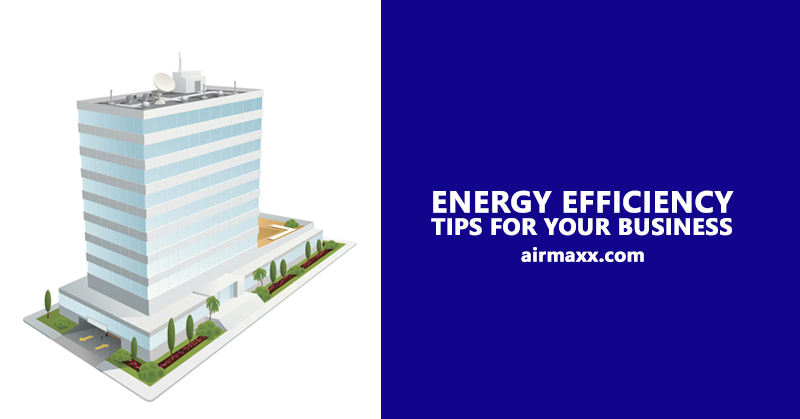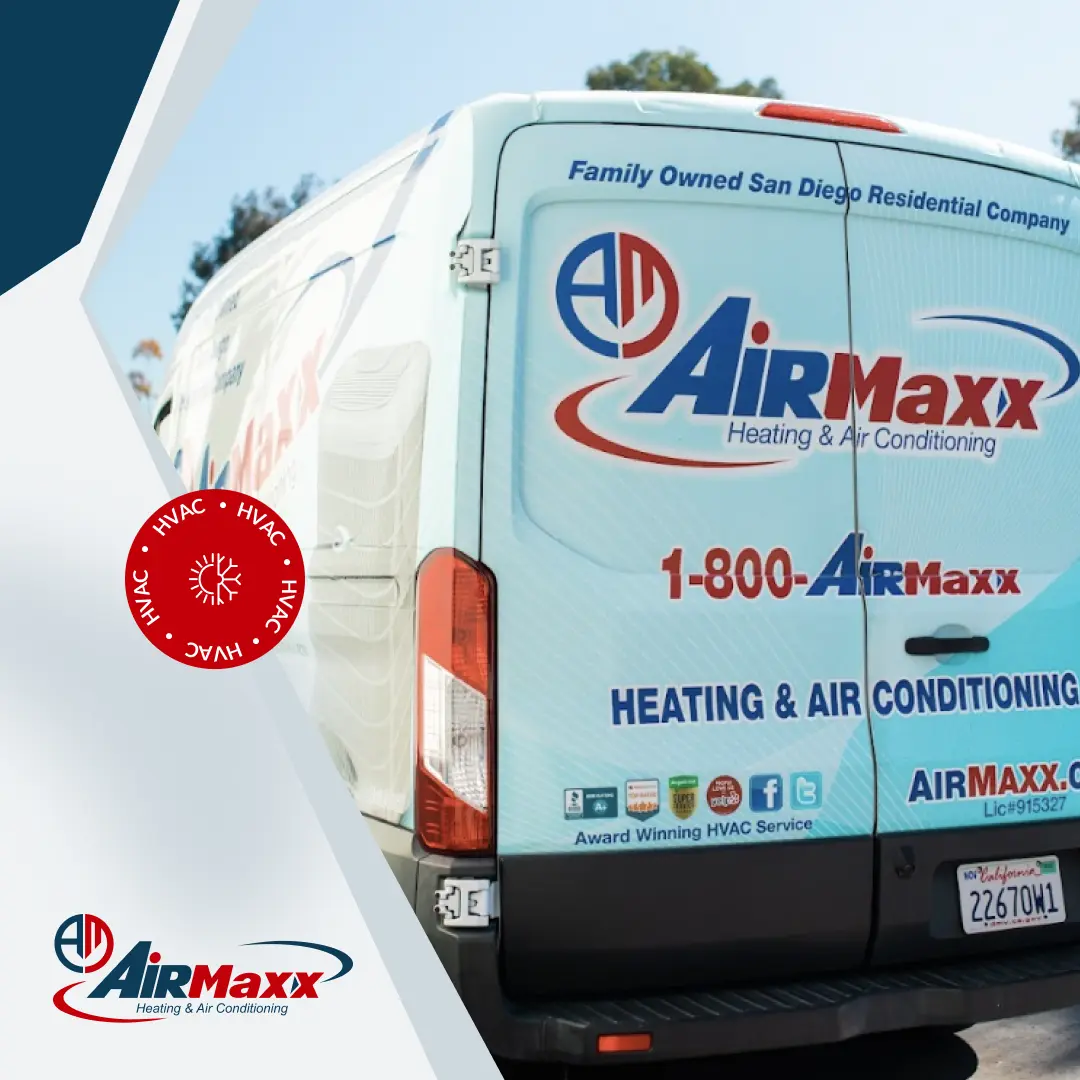Throughout the U.S., commercial buildings account for a high percentage of total energy consumption. If you run a business, this reality may hit you every month in the form of a hefty utility bill. Fortunately, you can take a number of steps to reduce your energy use an make your business operate more efficiently. Here are some tips to help improve your efforts.
Reducing Your Cooling and Heating Costs
First, it’s important to note that even small changes in your business’ thermostat setting can translate into noticeable cost savings. In fact, you can shave about 3 percent off your monthly bill just by increasing building temperature by 1 F in summertime or decreasing building temperature by 1 F in wintertime. Other important tips for improving heating and cooling efficiency include replacing your HVAC filters on a regular schedule (typically once a season), keeping your HVAC system components well-maintained, installing a programmable thermostat, using window treatments to minimize interior heat buildup and making sure that nothing blocks your building’s air vents.
Reducing Your Lighting Costs
There’s a pretty good chance that your business uses more light than required for a safe, productive work environment. Start by assessing your usage patterns and keeping any unnecessary lights turned off. You might want to consider installing an occupancy sensor that turns lights on as needed. Other steps you can take include switching from older lighting fixtures to modern fixtures that use less power, switching to energy-efficient compact fluorescent light bulbs and shutting down your lights when the work day ends.
Reducing Your Office Equipment Costs
Even if you don’t work in a traditional office environment, your business almost certainly uses office equipment such as computers and copiers or printers. You can reduce your energy usage by doing such things as putting your computers and/or monitors into sleep or hibernation mode between periods of active use, turning equipment off when your business is closed and unplugging equipment that still draws power when not turned on.
Additional Steps
Before determining the best ways to keep your business’ energy costs in check, you may want to conduct an energy audit that gives you a better understanding of your current usage patterns. It will also pay in the long run to buy and maintain equipment that’s well-rated for low energy use. You may also save money if you keep your power usage low in the late afternoon and early evening, when energy demand typically spikes. For more information on how to keep your business’ energy costs in check, bookmark this blog and check back with us often. If you have any questions about the efficiency of your commercial HVAC system, be sure to give us a call.



